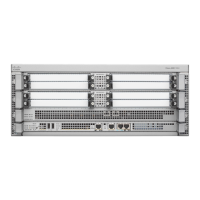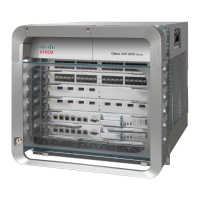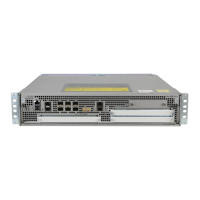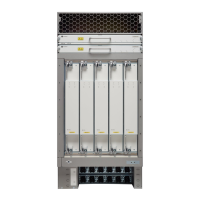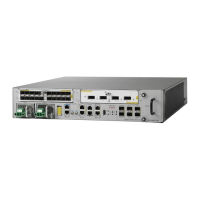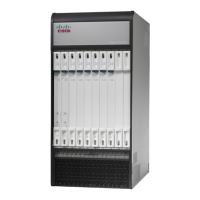7-25
Cisco ASR 1000 Series Aggregation Services Routers Software Configuration Guide
OL-16506-10
Chapter 7 Configuring Call Home
How To Configure Call Home to Support the Smart Call Home Service
To execute a CLI command and e-mail the command output, complete the following step:
SUMMARY STEPS
1. call-home send “command” {email email-addr [tac-service-request request-number] |
tac-service-request request-number email email-addr}
DETAILED STEPS
Example
The following example shows how to send the output of a CLI command to a user-specified e-mail
address:
Router# call-home send "show diag" email support@example.com
How To Configure Call Home to Support the Smart Call Home
Service
.
This section provides an overview of the minimum steps required to configure the Call Home feature on
a Cisco device, and other required supporting configuration to communicate securely with the Smart Call
Home service using HTTPS:
• Prerequisites, page 7-25 (required)
• Configure and Enable Call Home, page 7-26 (required)
• Declare and Authenticate a CA Trustpoint, page 7-28 (required)
• Start Smart Call Home Registration, page 7-30 (required)
Prerequisites
Before you configure and use the Smart Call Home Service, be sure that you have completed the
following prerequisites:
• Verify that you have an active Cisco Systems service contract for the device being configured.
Command or Action Purpose
Step 1
call-home send “command”
{email email-addr [tac-service-request
request-number] | tac-service-request
request-number [email email-addr]}
Example:
Router# call-home send “show call-home” email
support@example.com
Executes the specified CLI command and e-mails the
output, where:
• email email-addr—Specifies the email address to
which the command output should be sent. This
keyword is optional if used after entering the
tac-service-request option.
• tac-service-request request-number—Specifies the
TAC service request number that will appear in the
subject line of the email. This keyword is optional if
used after entering the email option.

